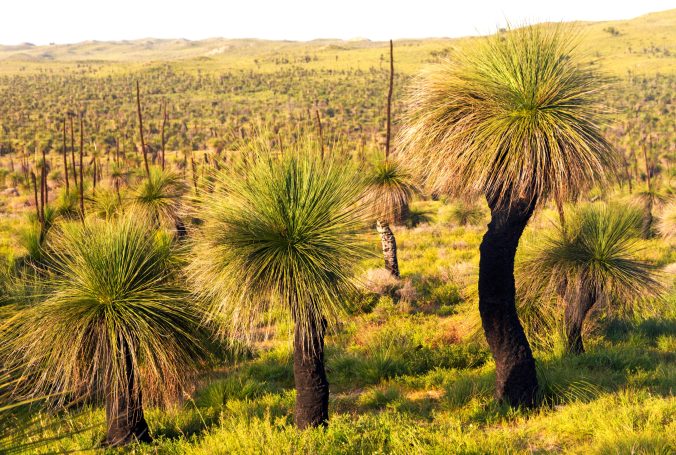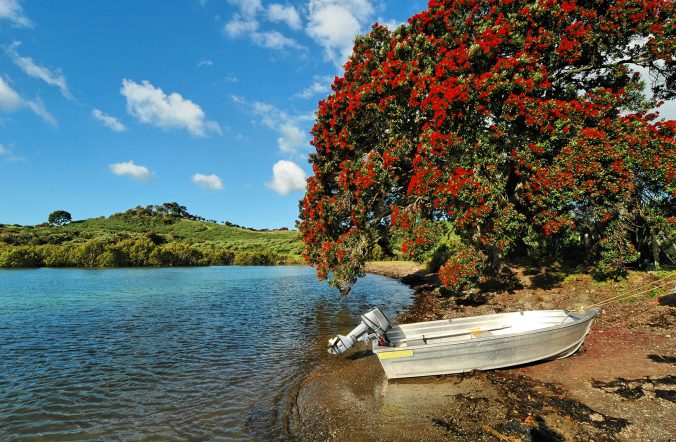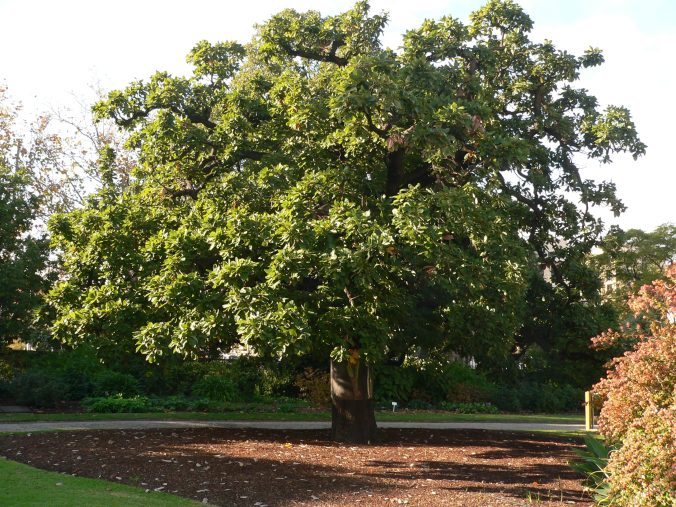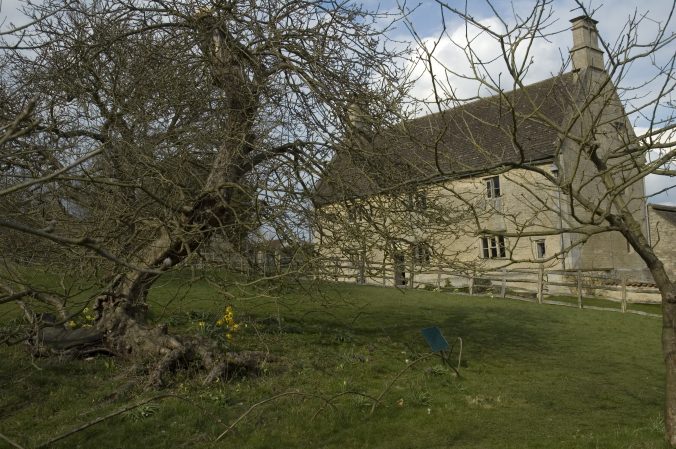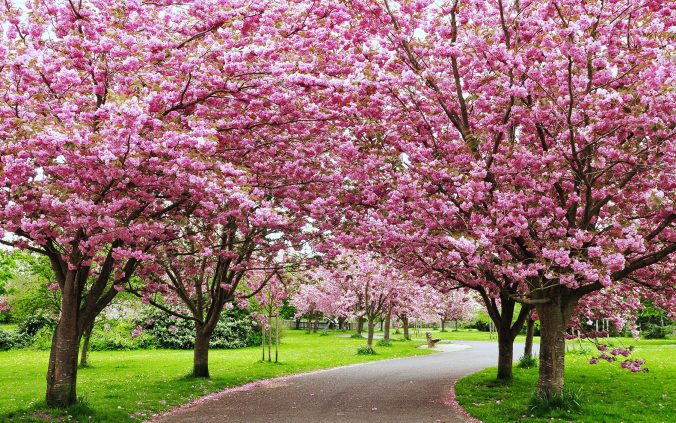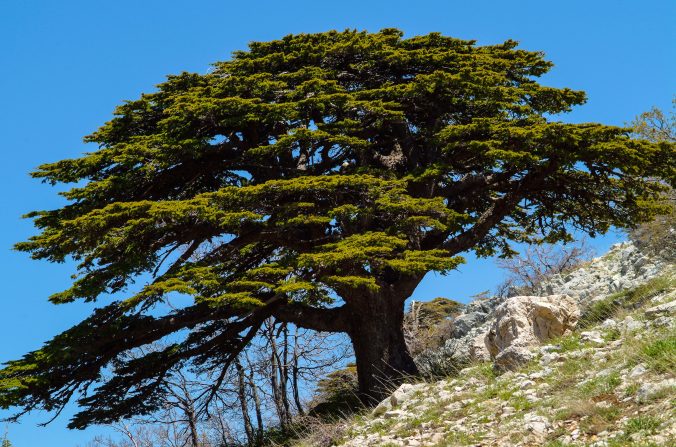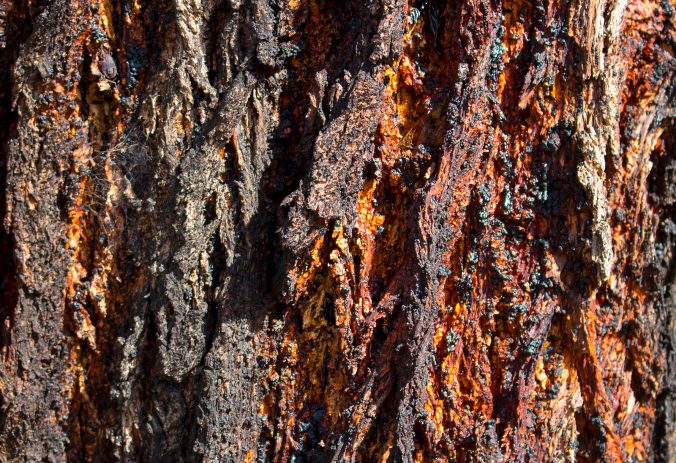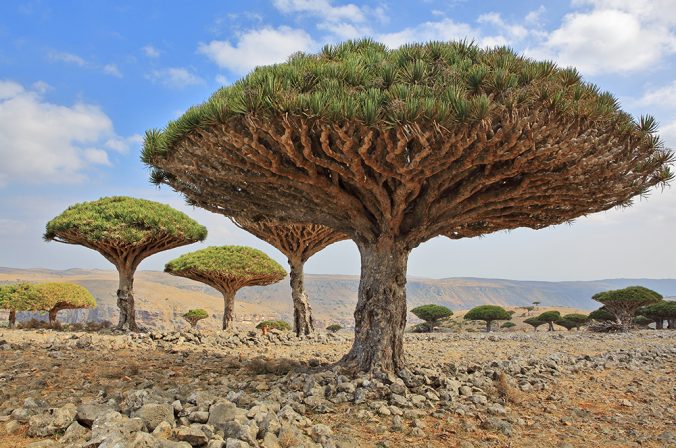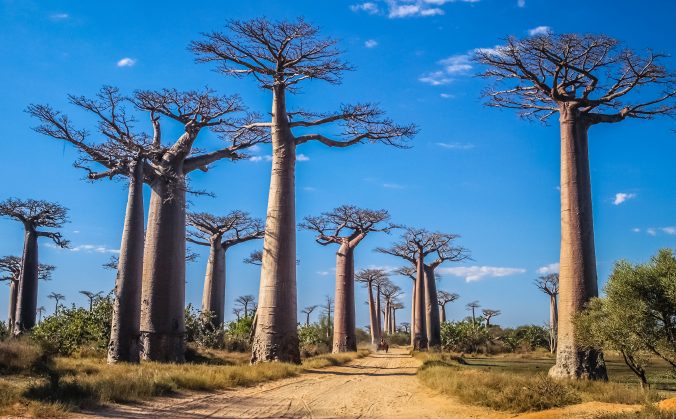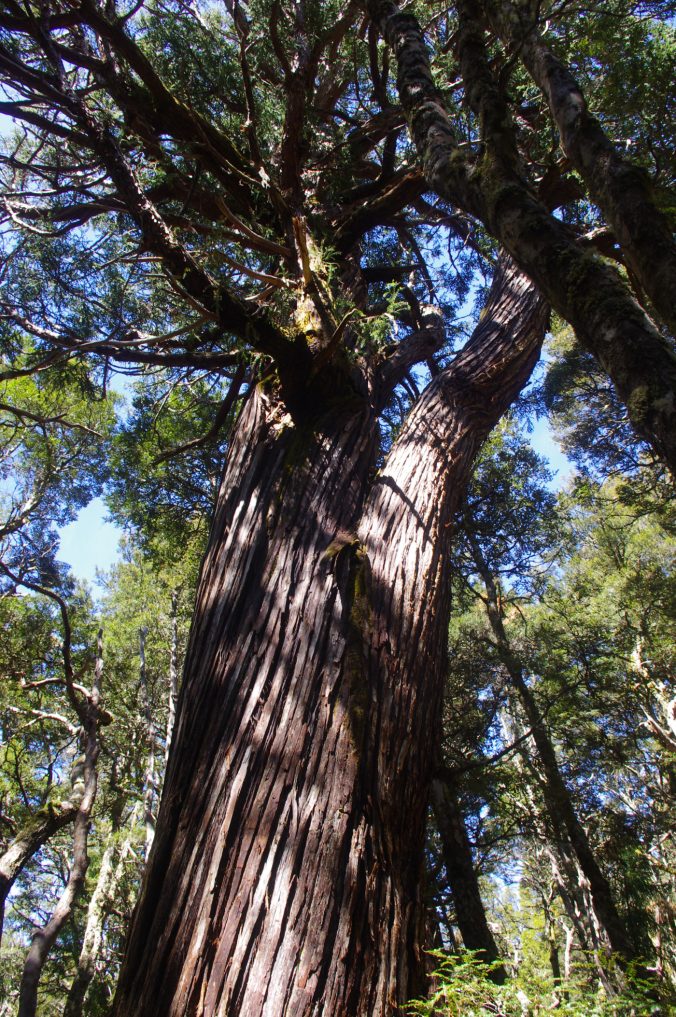Perennial, flowering plants with some species growing to six metres tall.
Grass trees (Xanthorrhoea) are an endemic Australian genus of 28 species, only a few of which grow substantial above-ground stems. They are iconic perennial, flowering plants with the smallest species growing to about a metre and others reaching 6 metres tall.
Grass trees have a unique structure, with a true stem of fibrous conducting tissue supported by a sheath of tightly packed old leaf bases glued by a reddish crystalline resin.
Hundreds of very narrow, hard-textured leaves radiate from the apex of each branch. … Read more “Iconic grass trees a distinctive feature of inland Australia”
